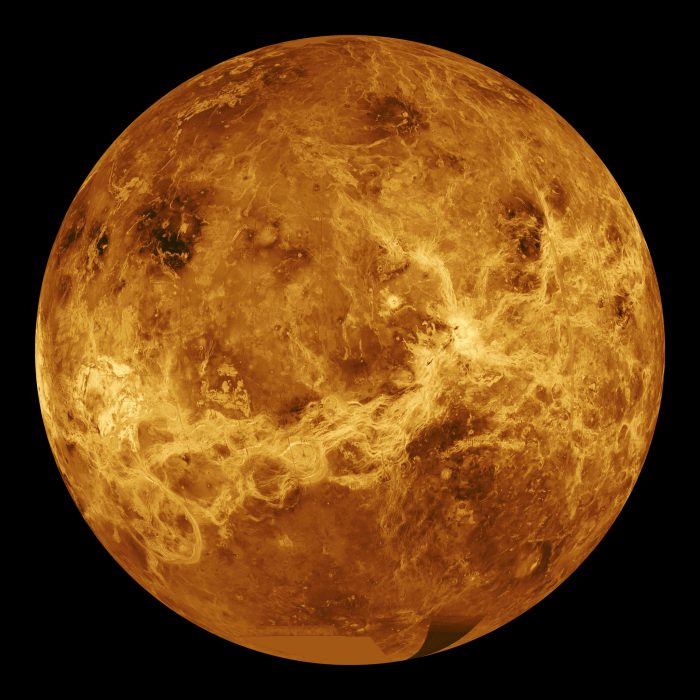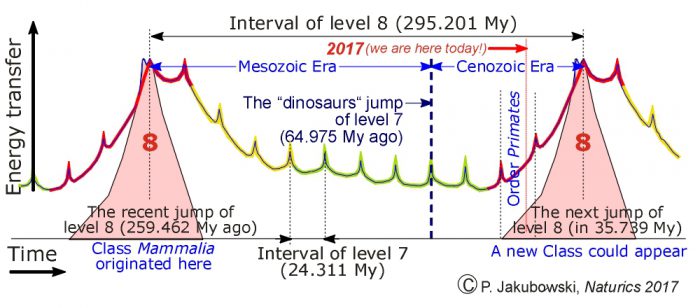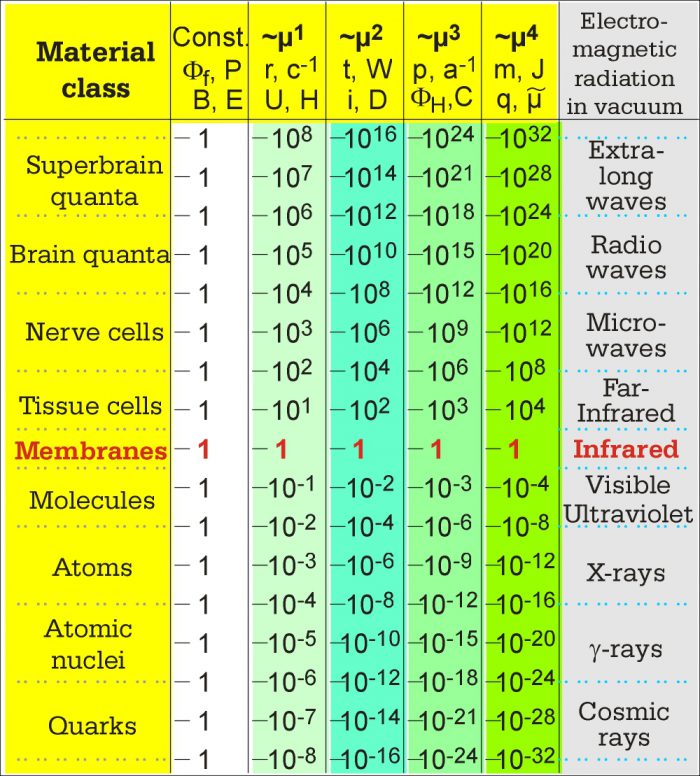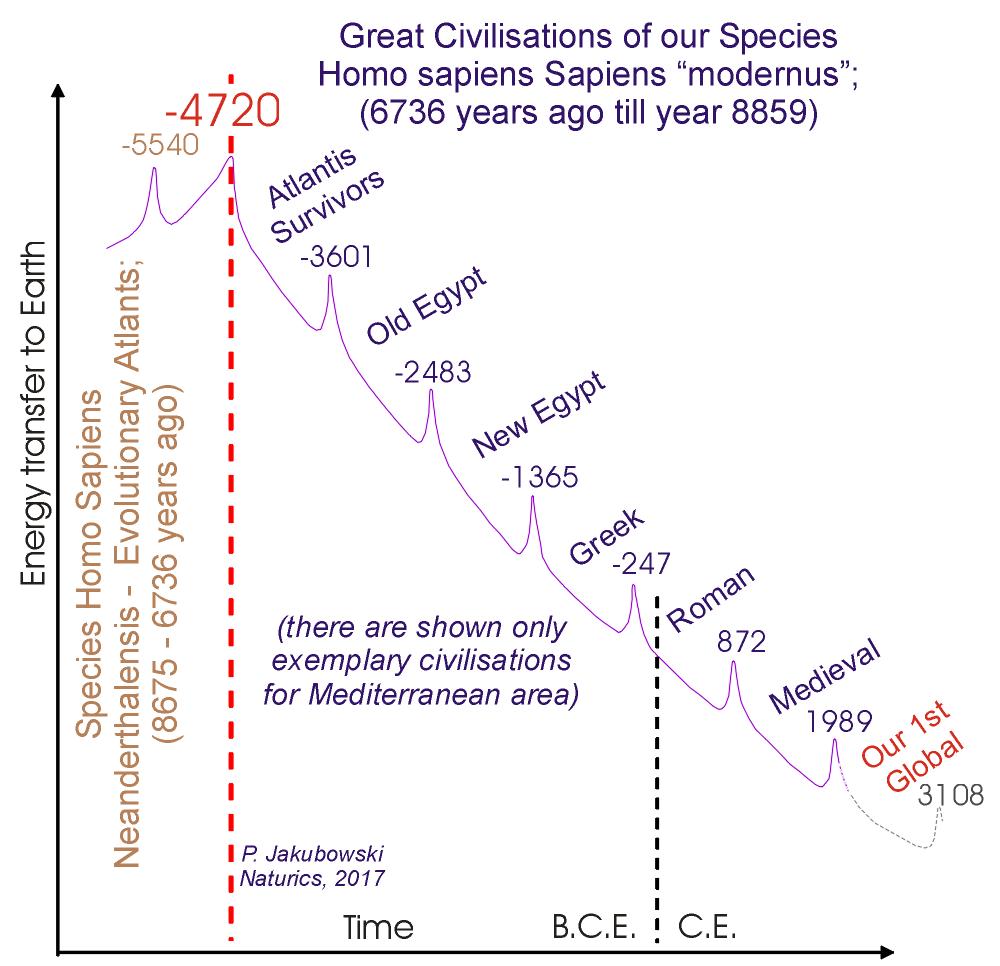Vor drei Jahren schrieb Adeene Denton den kompaktesten und informativsten Artikel: "Die Venus-Kontroverse", den ich je über die Venus gelesen habe.
Gleich zu Beginn schrieb Adeene Denton:
"Was passiert, wenn sich Wissenschaftler grundsätzlich über planetarische Körper uneinig sind? Das passiert öfter, als man denkt. Diese Meinungsverschiedenheiten sind oft von grundlegender Bedeutung: Woher hat der Mond seine Krater? Könnte der Mars Leben hervorgebracht haben? Die Kontroversen auf unserem Gebiet lösen sich oft von selbst, wenn mehr Daten hinzukommen, aber manchmal dauert es lange, bis mehr Daten vorliegen. Oft lassen uns mehr Daten noch verwirrter zurück als zuvor! Im Fall der Venus steht die gesamte Geschichte des Planeten seit etwa 40 Jahren zur Debatte, seit die ersten sowjetischen Sonden Bilder von der Oberfläche zurückgeschickt haben. Vor allem die parallele Entwicklung - und die Unterschiede - von Venus und Erde, den beiden ähnlichsten Gesteinsplaneten, fasziniert die Planetenforscher. ... Beide Planeten haben ähnliche Massen, Größen und Dichten - die Venus ist nur ein wenig näher an der Sonne. Doch trotz ihrer zahlreichen geologischen Ähnlichkeiten mit der Erde hat die Venus eine Oberfläche, die mit nichts vergleichbar ist, was Geologen auf der Erde je gesehen haben.

Durch den sowjetischen Venera-Lander in den 1970er Jahren und den Magellan-Orbiter in den 1990er Jahren haben wir gelernt, dass sich die Krater, Vulkane und die Topographie der Venus dramatisch von denen auf der Erde unterscheiden. ... Nur der Meeresboden der Erde ist auch so schlecht abgebildet, weniger als 10 Prozent davon sind im Detail kartiert. Die Venus, die in Wolken gehüllt ist, und der Ozeanboden, der durch Wasser isoliert ist, bleiben die wenigen Orte im Sonnensystem, die derzeit außerhalb unserer technologischen Reichweite liegen."
Außerdem beschreibt Adeene Denton den Vulkanismus und die Einschlagskrater auf der Venus.
"Auf der Venus gibt es auch keine Einschlagskrater wie auf der Erde oder dem Mond. Wie Vulkane sind auch Einschlagskrater fast zufällig auf der Oberfläche verteilt. Noch merkwürdiger ist, dass fast alle von ihnen (85 Prozent) unberührt erscheinen, anscheinend nicht verändert durch die massiven vulkanischen Aktivitäten, die in den Oberflächenmerkmalen um sie herum verzeichnet wurden. Diese Krater sind also wahrscheinlich entstanden, nachdem die vulkanische Aktivität auf der Oberfläche größtenteils abgeklungen war. Es gibt auch nicht sehr viele Einschlagskrater, was auf eine junge Oberfläche hindeutet (im Durchschnitt 200 bis 700 Millionen Jahre alt), im Gegensatz zu den alten Oberflächen von Mond, Merkur und Mars. Wie kann eine junge Oberfläche mit Vulkanen und unberührten Kratern entstehen? Einige Wissenschaftler vermuten, dass die alten Einschlagskrater der Venus durch ein globales vulkanisches Ereignis ausgelöscht wurden, eine gewaltige Katastrophe, die keinerlei sichtbare Einschlagskrater hinterlassen hat. Andere Wissenschaftler sind anderer Meinung."
Und sie versucht diese Kontroverse auf diese Weise zu erklären.
"Für Wissenschaftler, die über die Geschichte der Venus diskutieren, gibt es zwei extreme Standpunkte: die katastrophale und die stationäre Entwicklung. Diese Begriffe beziehen sich auf den Hauptunterschied zwischen den beiden Modellen, nämlich die Frage, wie lange die Erneuerung der Oberfläche der Venus tatsächlich gedauert hat. Das Modell der katastrophalen Erneuerung der Oberfläche der Venus besagt, dass diese Erneuerung durch seltene, planetenweite vulkanische Ereignisse erfolgte, die groß genug waren, um alles frühere Material zu begraben. Mit anderen Worten: Die Neuentstehung war eine fast sofortige Veränderung der Venus im Vergleich zum langsamen Fluss der geologischen Zeit. Der stationäre Zustand hingegen impliziert zahlreiche kleinere, diskrete Prozesse, die sich über die Zeit erstrecken. Für die Venus sieht das stationäre Modell häufigere Erneuerung der Oberfläche vor, die dem Tempo des Vulkanismus auf der Erde ähnlicher sind und ältere Krater auf lokaler Ebene über viel längere Zeiträume auslöschen. Wenn der Ort und der Zeitpunkt des Vulkanismus stimmen, könnte ein langsameres Tempo immer noch ein junges Alter für die Oberfläche insgesamt ergeben."
Und sie schließt ab.
"Das Modell der katastrophalen Erneuerung der Oberfläche stoppt sich selbst, sobald dem Mantel die überschüssige Wärme ausgeht, was ein Hauptgrund dafür ist, dass dieses Modell in der wissenschaftlichen Gemeinschaft zum derzeit bevorzugten Szenario geworden ist. In den Jahren seit Magellan Sonde ist man sich zunehmend einig, dass die Venus‘ Oberfläche, die wir heute sehen, tatsächlich das Ergebnis eines dramatischen Vulkanausbruchs war, der wiederum den Vulkanismus für die Zukunft ‚abschaltete‘.
Wir brauchen also eine weitere Mission. Werden wir eines Tages wirklich verstehen, wie es zu der Erneuerung der Oberfläche der Venus kam?“
Adeene Denton ist jung. Ihr Doktortitel wird im Frühjahr 2022 erwartet (an der Purdue University). Daher ist ihr Artikel noch völlig objektiv und stellt den aktuellen Stand unseres traditionellen Wissens über die Venus dar. Meine Kritik bezieht sich also nicht auf die Autorin, sondern auf den Inhalt dieses traditionellen Wissens.
Lassen Sie mich die letzte Frage wiederholen: "Werden wir eines Tages wirklich verstehen, wie die Erneuerung der Oberfläche der Venus zustande kam?" Meine Antwort lautet schon heute: Ja, wir können das verstehen. Aber wir müssen den grotesken Versuch aufgeben, die Erneuerung der Oberfläche der Venus dadurch zu erklären, dass wir die Venus als isolierten Planeten oder gar als isolierten kosmischen Körper betrachten. Wie unsere Erde ist auch die Venus ein Mitglied der riesigen Kosmischen Hierarchie unseres Sonnensystems. Und im Gegensatz zur Erde befindet sich die Venus sogar an einem einzigartigen Punkt unseres Sonnensystems, nämlich in seinem Massezentrum. Dies sind diese zwei Hauptaspekte, in denen sich die traditionelle Sichtweise der Astrophysik entscheidend von unserer Sichtweise der Einheitlichen Wissenschaft unterscheidet.
Erstens erfährt die Venus als Mitglied unserer Kosmischen Hierarchie die gleichen Perioden des kosmischen Energietransfers auf ihre Oberfläche wie alle anderen Mitglieder dieser Hierarchie auch. Die beiden jüngsten größten derartigen Energieaustausche (oder kosmische Kollisionen der Stufe 8 unserer Kosmischen Hierarchie) fanden vor 555 und 259 Millionen Jahren statt. Und zweitens ist die Venus, da sie genau im Zentrum der Masse des gesamten Sonnensystems steht, immer den meisten Kollisionen im Vergleich zu allen anderen Mitgliedern unseres Sonnensystems ausgesetzt.
Genau das hat die Raumsonde Magellan entdeckt. Die kosmischen Einschläge der Stufe 8 waren so stark, dass sie einen großen Teil der Venusoberfläche und sogar das Innere der Venus umschmolzen. Der extreme Vulkanismus folgte jeder dieser beiden Perioden über etwa 25 bis 75 Millionen Jahre. Der entsprechende Zeitraum um das zweite dieser Ereignisse, das auf der Erde zeitgleich vor 259,4 Millionen Jahren stattfand, ist in dem nachstehenden Diagramm schematisch dargestellt.

Jeder der Einschläge der Stufe 8 durchbohrte den gesamten Körper der Venus und erzeugte eine Basaltflut, die weite Teile der Oberfläche an der Antipode der Einschlagstelle bedeckte und ähnliche Merkmale wie die Dekkan-Traps auf der Erde hinterließ (vgl. Wikipedia: "Geologie der Venus").
Jedes der folgenden Ereignisse der Stufe 7 unserer Kosmischen Hierarchie, mit etwa hundertfach geringerer Energie, die alle 24,3 Millionen Jahre stattfinden, hat auf der erneuerten Venusoberfläche die unberührten Einschlagskrater hinterlassen, die die Venusforscher so sehr überraschen.
Auch der fehlende Magnetismus der Venus ist in unserer Universellen Philosophie einfach erklärbar, denn aufgrund der Lage der Venus im Massenzentrum kann sich die Venus in Bezug auf die kosmische Ur-Wolke, aus der sich das Ur-Sonnensystem und später unser heutiges Sonnensystem gebildet hat, nicht drehen. Und ohne Rotation kann kein Magnetfeld erzeugt werden.

